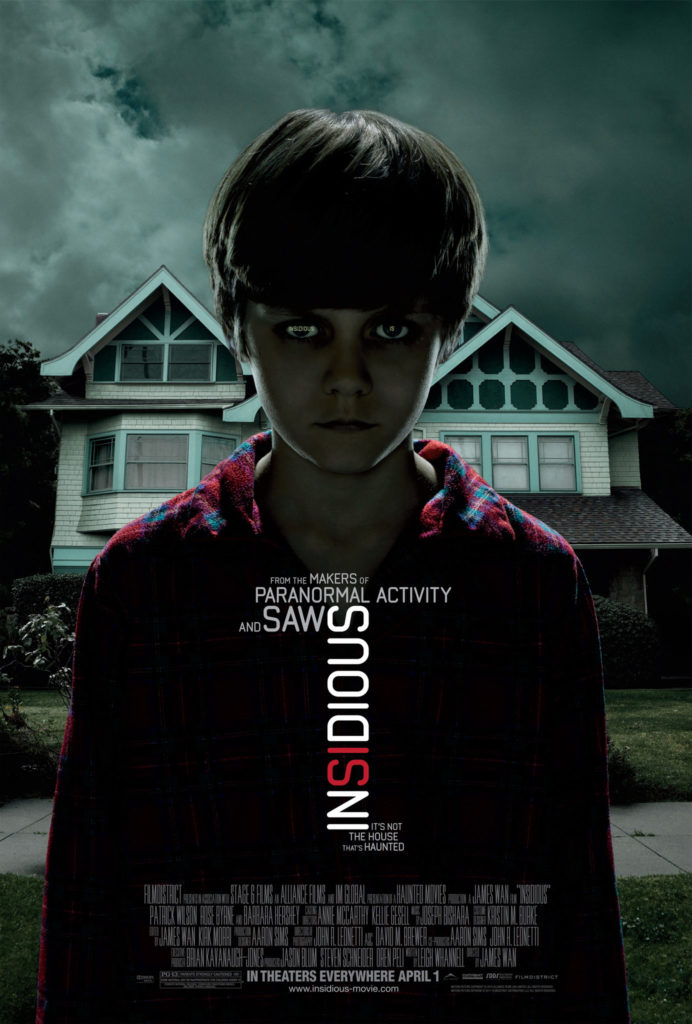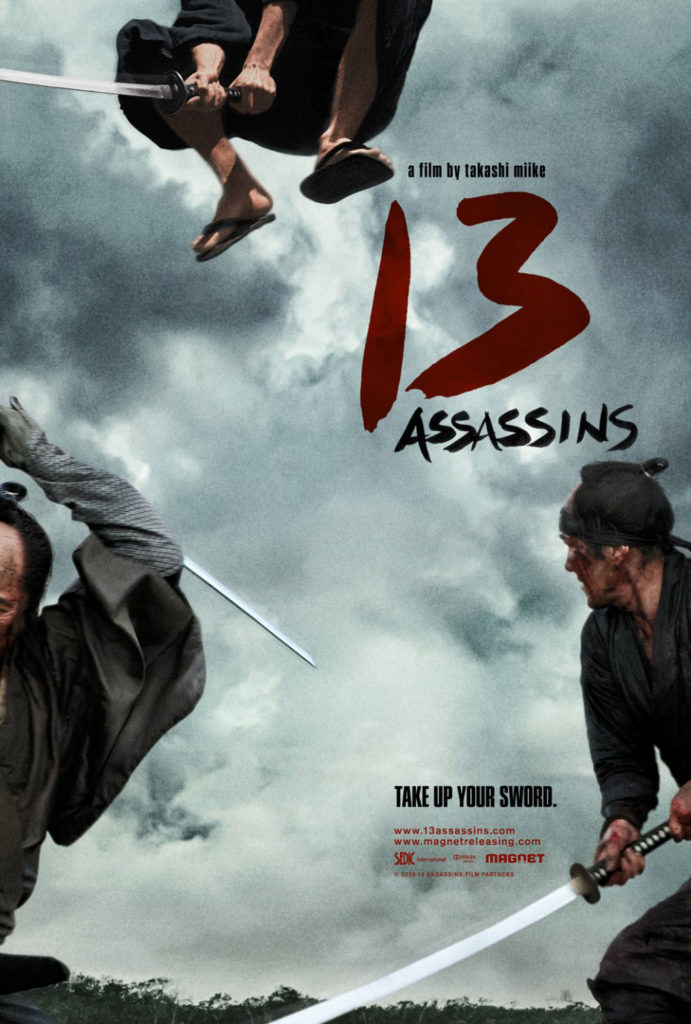 If you can follow the plot of The Yellow Sea, the Korean film from 2010 written and directed by Na Hong-Jin, then you must be Korean, or at least speak the language fluently. Those are the only reasons I can think of why so many western viewers online, including myself, found this flick’s plot to be confusing, at best, and impenetrable, at worst. The good news is that doesn’t matter. Normally, when a movie has a plot that I can’t follow, that is a bad thing. Not so with The Yellow Sea. About halfway through, I gave up on trying to keep track of all the twists and turns, and just sat back and enjoyed one of the best action films that has hit cinemas in this decade.
If you can follow the plot of The Yellow Sea, the Korean film from 2010 written and directed by Na Hong-Jin, then you must be Korean, or at least speak the language fluently. Those are the only reasons I can think of why so many western viewers online, including myself, found this flick’s plot to be confusing, at best, and impenetrable, at worst. The good news is that doesn’t matter. Normally, when a movie has a plot that I can’t follow, that is a bad thing. Not so with The Yellow Sea. About halfway through, I gave up on trying to keep track of all the twists and turns, and just sat back and enjoyed one of the best action films that has hit cinemas in this decade.
Gu-nam (Ha Jung-woo) has a problem. He’s an ethnic Korean born and raised in northern China, which has its disadvantages, apparently. He is what is known as a Joseonjok, a blanket term for ethnic Koreans in the country. In order to finance a better life, Gu-nam goes into debt with some local coyotes to arrange transportation to South Korea for his wife. Because the standard of living in South Korea is so much higher than in China, she should be able to work and send back enough money to Gu-nam to pay off the debt to the coyotes and finance a trip down to the peninsula for both Gu-nam and the couple’s young child. But, something goes wrong. Gu-nam’s wife has been in Seoul for months, and nary a check has arrived. On top of that, the coyotes want their cash. In desperate straits, Gu-nam agrees to be smuggled in to South Korea on a fishing boat, to carry out a hit for a Joseonjok gangster, with the understanding that the debt will be paid. Continue reading “The Yellow Sea”

 According to the IMDb page for Insidious, Leigh Whannell kept a list of horror movie clichés handy while he was writing the screenplay. He didn’t want his project to slip into the same predictable traps that mar so much horror cinema. With that list staring him in the face day in and day out, presumably, Insidious would turn out to be a film that was totally fresh, one that even audience members with hundreds of hours invested in the genre would find enjoyable. That is a very laudable goal, and a bit of a risk. Just because a film is formulaic does not mean it is a bad film. In its most basic sense, it just means the film will feel familiar to many people watching it. And as we all know, people like the familiar. As much as we like to pretend humanity is a collection of adventurous people, the opposite is in fact true. That’s why tourists eat at the same restaurants they have back home. It’s why popular music at times can sound like the same song done over and over again by a hundred different groups. And that’s why sequels, remakes, and carbon copies of previous successes make money at the box office. It’s just the way things are.
According to the IMDb page for Insidious, Leigh Whannell kept a list of horror movie clichés handy while he was writing the screenplay. He didn’t want his project to slip into the same predictable traps that mar so much horror cinema. With that list staring him in the face day in and day out, presumably, Insidious would turn out to be a film that was totally fresh, one that even audience members with hundreds of hours invested in the genre would find enjoyable. That is a very laudable goal, and a bit of a risk. Just because a film is formulaic does not mean it is a bad film. In its most basic sense, it just means the film will feel familiar to many people watching it. And as we all know, people like the familiar. As much as we like to pretend humanity is a collection of adventurous people, the opposite is in fact true. That’s why tourists eat at the same restaurants they have back home. It’s why popular music at times can sound like the same song done over and over again by a hundred different groups. And that’s why sequels, remakes, and carbon copies of previous successes make money at the box office. It’s just the way things are.  I have to admit, I’m getting pretty sick of found footage horror films. The technique was unique for only a small handful of films, but it crossed into gimmick very quickly. I don’t seek out these films. To prepare for the October Horrorshow, a lot of times I’ll just grab whatever is currently popular for rent or whatever has made a splash in the last few years. This has led me to watch
I have to admit, I’m getting pretty sick of found footage horror films. The technique was unique for only a small handful of films, but it crossed into gimmick very quickly. I don’t seek out these films. To prepare for the October Horrorshow, a lot of times I’ll just grab whatever is currently popular for rent or whatever has made a splash in the last few years. This has led me to watch  Three historical periods in Japan are among the most interesting and compelling in the annals of human civilization. The Sengoku period, also known as the Warring States period, comprised the height of feudal conflict from the 15th century to the early 17th century, culminating in the unification of Japan under the Tokugawa Shogunate in 1603. The new era of peace which followed, the Edo period, lasted until the Shogunate collapsed in the wake of internal and external pressures for Japan to end its forced isolation and open its shores to the modern world in the 1860s. What followed was the Meiji period, when the emperor was restored to power, and Japan, through numerous fits and starts, became the empire that was finally defeated by the Allies in World War II.
Three historical periods in Japan are among the most interesting and compelling in the annals of human civilization. The Sengoku period, also known as the Warring States period, comprised the height of feudal conflict from the 15th century to the early 17th century, culminating in the unification of Japan under the Tokugawa Shogunate in 1603. The new era of peace which followed, the Edo period, lasted until the Shogunate collapsed in the wake of internal and external pressures for Japan to end its forced isolation and open its shores to the modern world in the 1860s. What followed was the Meiji period, when the emperor was restored to power, and Japan, through numerous fits and starts, became the empire that was finally defeated by the Allies in World War II.